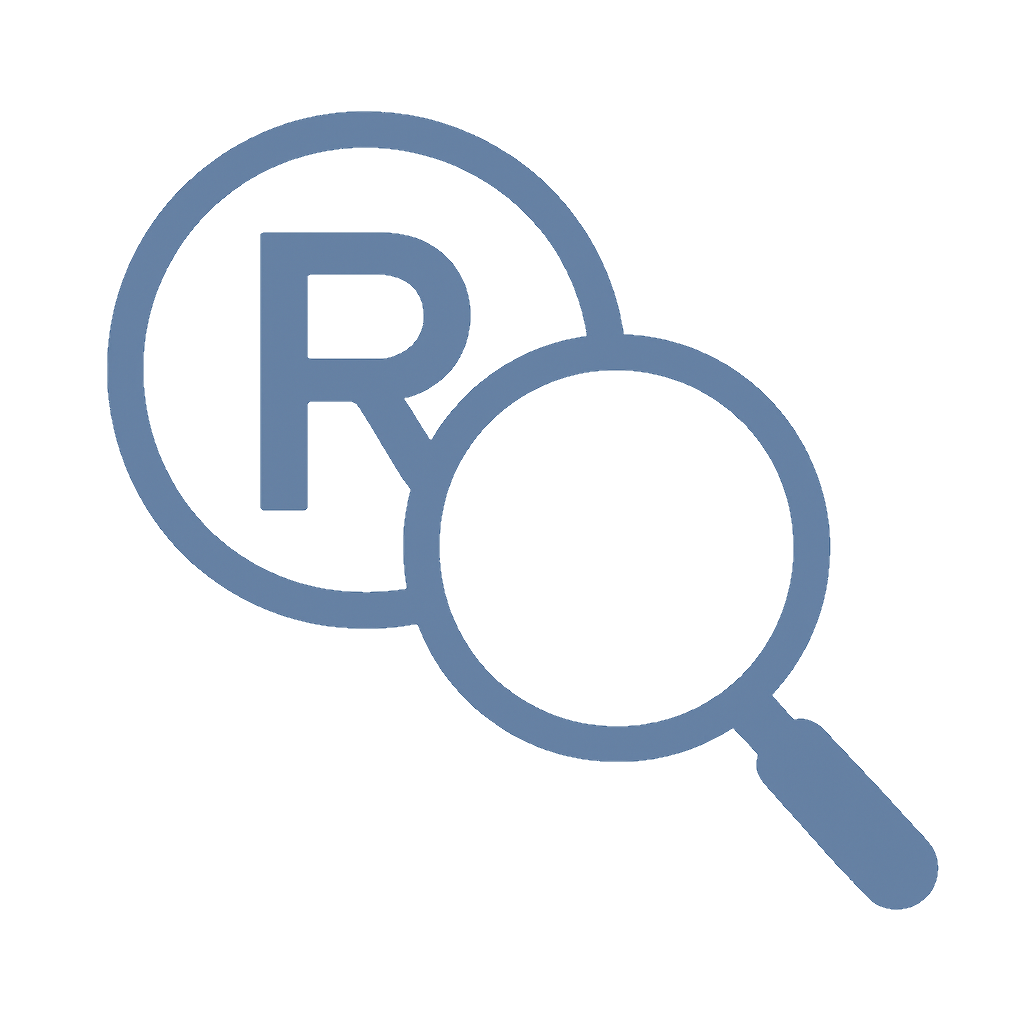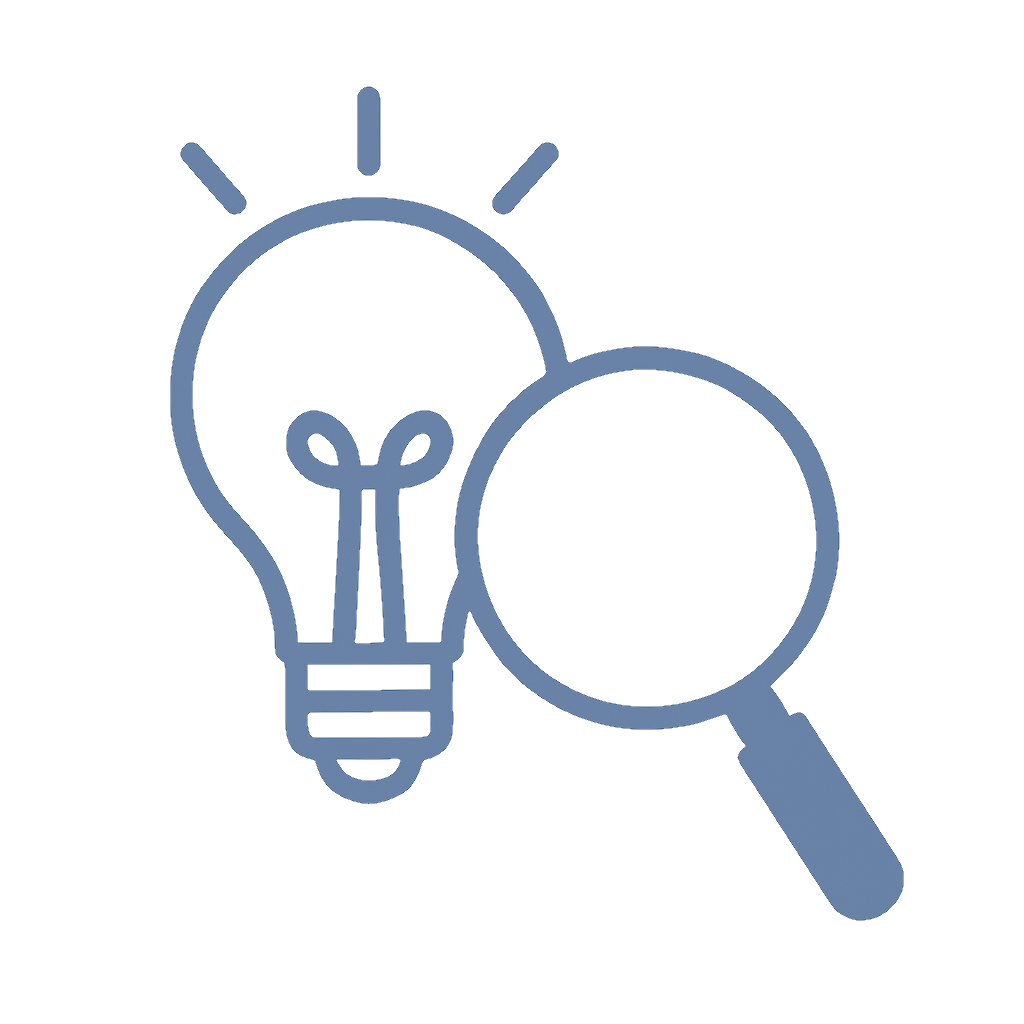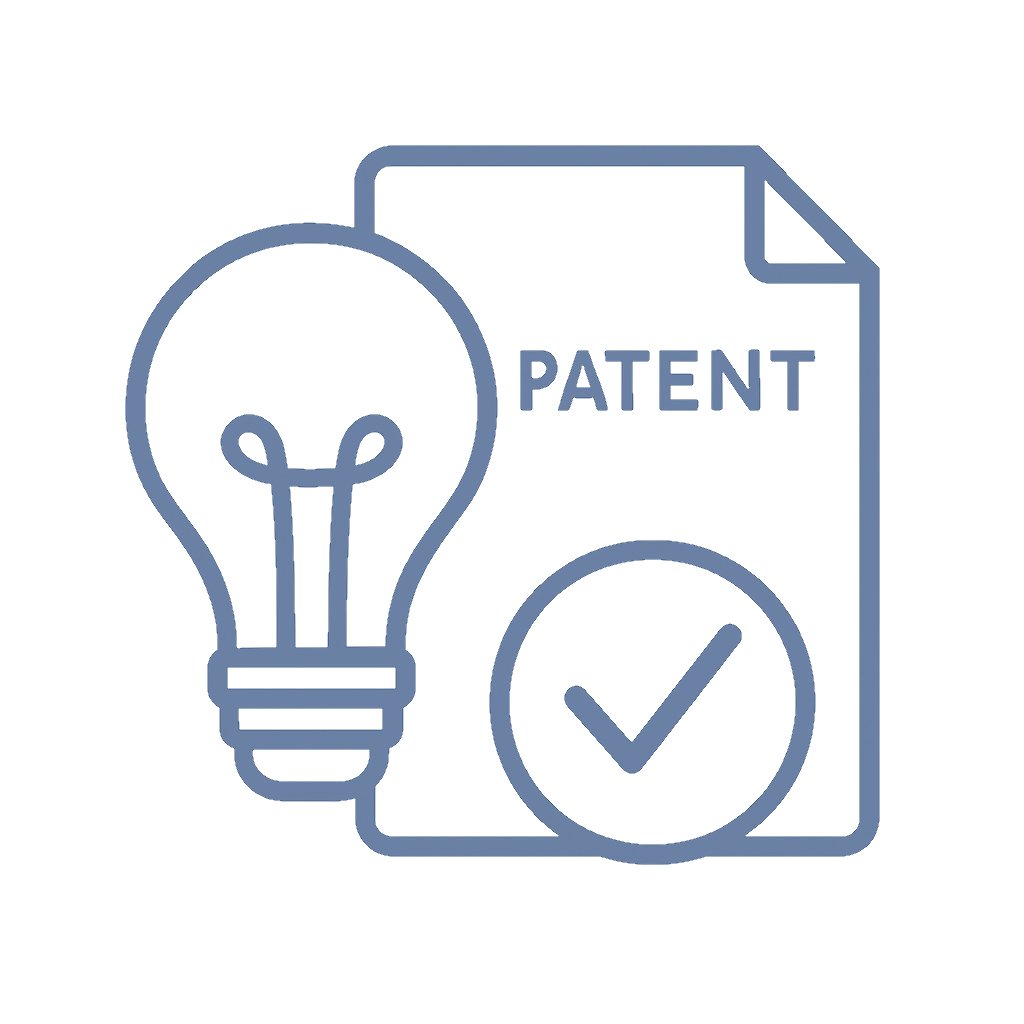📌 Quick Summary Independent and dependent claims are the backbone of a patent application. The independent ones stand proud and solo, while dependents tag along and add detail. Understanding both is crucial to a strong intellectual property strategy.
❓ Common Questions & Answers
Q1: What is an independent patent claim?
An independent claim outlines the essential invention in full detail, standing on its own without referencing any other claim.
Q2: What is a dependent patent claim?
A dependent claim adds specificity or a variation to an independent claim by referencing and building upon it.
Q3: Can a patent application have only dependent claims?
Nope! At least one independent claim must be included. Dependent claims alone can’t hold legal water.
Q4: Why are dependent claims important?
They add protective layers to your invention, narrowing the scope but increasing your patent’s resilience.
Q5: Are more claims better in a patent?
Generally, yes. A mix of broad independent and focused dependent claims offers both coverage and precision.

📜 Step-by-Step Guide
Step 1: Understand Your Invention Clearly
Know every nut, bolt, and magical moment your invention offers.
Step 2: Draft Broad Independent Claims
Capture the core innovation without leaning on any other claim.
Step 3: Add Dependent Claims for Nuance
Introduce variations, specific embodiments, or fallback positions.
Step 4: Group and Number Your Claims Logically
Use consistent formatting and group related claims together for clarity.
Step 5: Review for Legal and Technical Accuracy
Patent attorneys aren’t just helpful; they’re lifesavers. Get a professional review.
📖 Historical Context
Patent claims have evolved since the early 19th century, when patents resembled long narratives with no claim distinctions. In 1836, the U.S. Patent Act required clear claims to define the legal scope of protection. This led to the emergence of the modern two-tier system: independent claims declaring the invention broadly and dependent claims adding detailed refinements.
The division mirrors legal traditions of main points and supporting arguments. With technological advances and legal challenges, the claims structure has tightened, focusing on clarity, enforceability, and strategic breadth. International agreements like the Patent Cooperation Treaty (PCT) and TRIPS have helped standardize this format globally.
Today, strategic claim drafting is considered an art form in intellectual property law. The structure allows inventors to defend their innovations from multiple angles, adjusting to examiner feedback and litigation threats.
🏢 Business Competition Examples
Apple Inc.: Used a strong mix of independent and dependent claims to secure iPhone touchscreen patents. This strategy helped them block competitors like Samsung in multiple lawsuits.
Dyson Ltd.: Their vacuum technology patents layer dependent claims to defend specific airflow designs, making it tough for rivals to create workarounds.
3M: In adhesives and medical tech, 3M strategically uses dependent claims to cover application-specific versions of their core inventions.
Tesla: Files broad independent claims for energy storage systems, then drills down with dependent claims covering vehicle integration, temperature regulation, and power management.

💬 Discussion Section
Independent and dependent claims may sound like legalese leftovers, but they’re actually the dynamic duo of patent protection. Think of the independent claim as the superhero origin story—broad, bold, and iconic. It defines the invention without any crutches. Then enter the dependent claim, the trusty sidekick, adding spice and substance, clarifying variations, and defending against legal kryptonite.
From a business perspective, this duo provides both a sword and a shield. The independent claim cuts a wide swath across innovation territory. The dependent claims shore up weaknesses, like fallback positions in a chess match, anticipating every move a competitor (or a cranky patent examiner) might make.
Good patents strike a balance. Too few claims? You risk under-protection. Too many? You might scare off investors or complicate licensing. The sweet spot? A handful of independent claims covering major embodiments, backed by a battalion of dependents locking in alternatives, use-cases, and features.
For startups, this structure could mean the difference between a tech monopoly and a missed opportunity. A well-crafted set of claims could stop copycats, attract investment, and boost valuation. But mess them up, and you’re sitting on a glorified idea sketch.
So yes, patent claims do have an identity crisis—they're legal docs, strategy tools, and innovation blueprints all rolled into one.

⚖️ The Debate
Pro Side: Broad Independent Claims Rule
They provide wide protection and serve as a strong foundation for IP rights. One well-drafted independent claim can cover an entire product category.
Con Side: Dependent Claims Do the Real Work
They protect against design-arounds and are more likely to survive legal scrutiny. Some even argue they’re more enforceable than their independent cousins.
✅ Key Takeaways
-
Independent claims stand alone and define the invention broadly.
-
Dependent claims add specificity, fallback options, and enforcement power.
-
Both are necessary for a robust patent application.
-
Use a strategic mix for broad coverage and legal resilience.
-
Claim structure affects patent strength, enforceability, and value.
⚠️ Potential Business Hazards
-
Overly broad independent claims may be rejected or invalidated.
-
Too few dependent claims can leave protection gaps.
-
Poor drafting can make enforcement nearly impossible.
-
Skipping professional review increases legal risks.
❌ Myths & Misconceptions
-
"More claims = better patent" — Not if they’re poorly written.
-
"Dependent claims aren’t important" — They can save your IP bacon.
-
"Independent claims must be extremely complex" — Clarity wins.
-
"Claims are just technical filler" — They ARE the patent’s heart.
-
"Patent software writes great claims" — Not without human insight.

📚 Book & Podcast Recommendations
-
Patent It Yourself by David Pressman — https://www.nolo.com/products/patent-it-yourself-pat.html
-
The Inventor's Notebook by Fred Grissom & David Pressman — https://www.nolo.com/products/the-inventors-notebook-inb.html
-
IP Fridays Podcast — https://www.ipfridays.com/
-
Understanding Patents (Coursera Course) — https://www.coursera.org/learn/patents
🔠 Legal Cases
Phillips v. AWH Corp. (2005)
https://caselaw.findlaw.com/court/us-federal-circuit/1339792.html
Reinforced the importance of claim construction and interpretation in enforcement.
Markman v. Westview Instruments (1996)
https://supreme.justia.com/cases/federal/us/517/370/
Established that claim interpretation is a matter for judges, not juries.
Nautilus, Inc. v. Biosig Instruments (2014)
https://supreme.justia.com/cases/federal/us/572/898/
Clarified the standard of definiteness required in patent claims.
Festo Corp. v. Shoketsu Kinzoku Kogyo Kabushiki Co. (2002)
https://www.law.cornell.edu/supct/html/00-1543.ZO.html
Discussed the limits of amending claims and doctrine of equivalents.
📣 Expert Invitation Want help claiming your IP throne? Let's chat strategy, structure, and how to level up your patent game. Visit http://inventiveunicorn.com and let’s make your innovation unmissable.
🔚 Wrap-Up Conclusion Patent claims might sound dull, but they’re the silent warriors of innovation. Understand the dance between independent and dependent claims, and you’ll unlock the true power of patent protection. Long live well-drafted claims!












